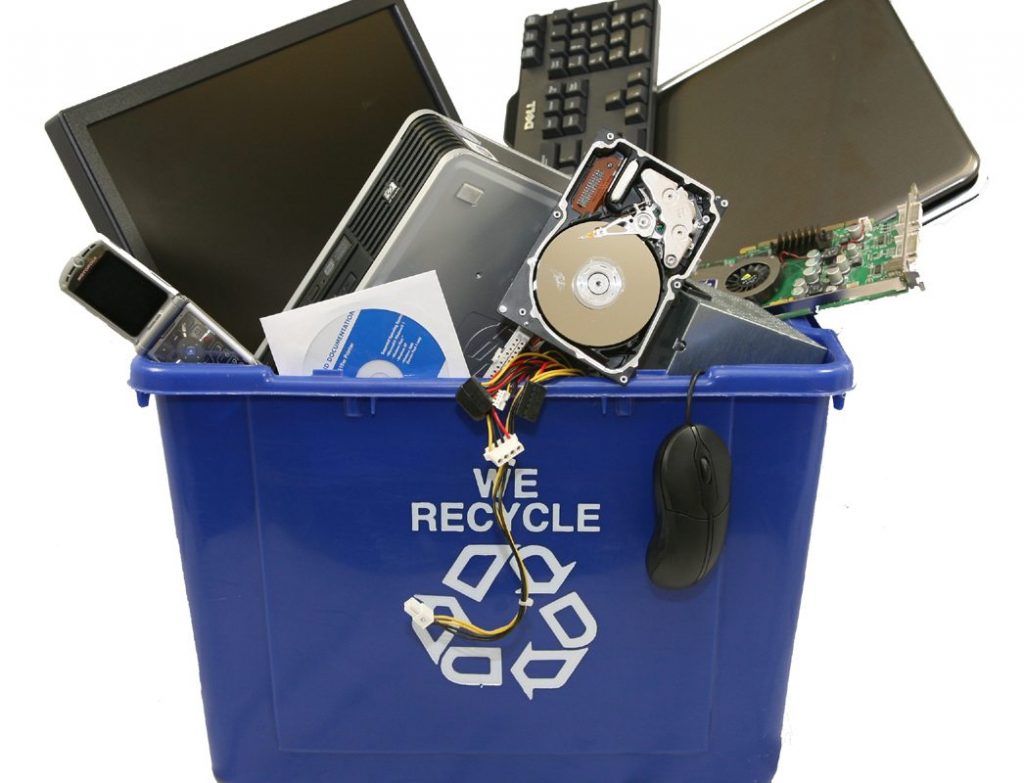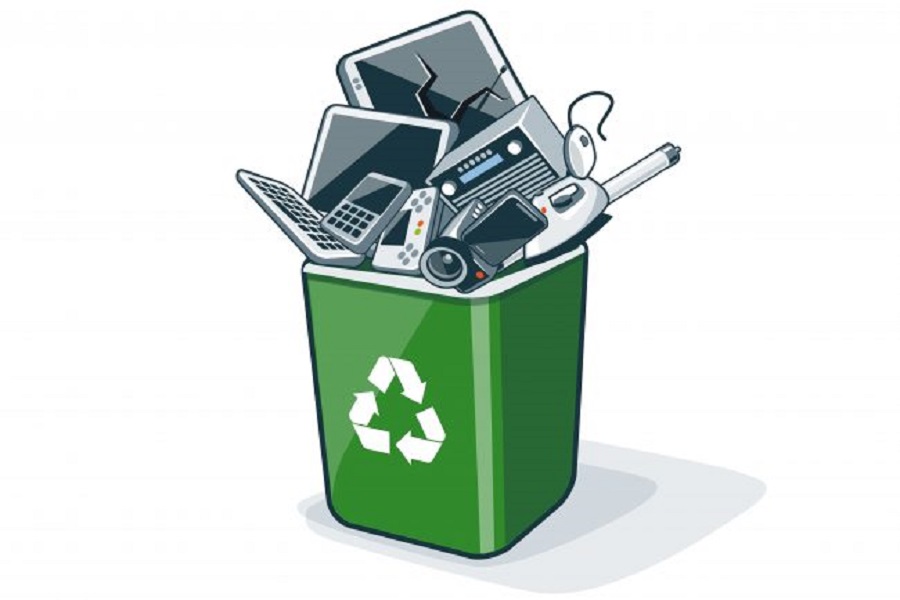Lasting Electronics Disposal: Ensure Conformity with R2 Certification
Lasting Electronics Disposal: Ensure Conformity with R2 Certification
Blog Article
Elevate Your E-Waste Administration With R2 Accreditation: a Thorough Review
One key approach to boost e-waste monitoring practices is by acquiring R2 accreditation. By checking out the processes and benefits linked with R2 qualification, a deeper understanding of how it can change e-waste management techniques emerges, losing light on a path in the direction of sustainability and ethical disposal methods.
Value of E-Waste Monitoring

When e-waste is not taken care of properly, these poisonous materials can seep into the community, causing injury to wild animals and possibly going into the food web, posing dangers to human health. The incorrect disposal of e-waste contributes to contamination and greenhouse gas discharges, aggravating environment change and ecological degradation.

Benefits of R2 Qualification

First of all, R2 certification improves trustworthiness by showcasing an organization's dedication to sustainable practices. It guarantees consumers, partners, and stakeholders that the business follows strict requirements for e-waste monitoring - r2 certification. This reliability can lead to enhanced trust fund and improved connections with customers who prioritize ecological obligation
Second of all, R2 accreditation assists reduce dangers connected with incorrect e-waste disposal. By complying with the rigorous guidelines stated by the certification, organizations can lessen the likelihood of data violations, ecological contamination, and legal consequences. This proactive method safeguards the company's reputation and lessens potential liabilities.
Last but not least, R2 accreditation shows a dedication to ecological stewardship - r2 certification. By sensibly handling electronic waste through licensed processes, organizations add to the preservation of sources, reduction of air pollution, and promo of a circular economy. This dedication not just benefits the atmosphere but additionally aligns with progressing customer assumptions for lasting service techniques
R2 Certification Process Overview
Having actually developed the benefits of R2 qualification in promoting integrity, danger reduction, and environmental stewardship, it is necessary to now outline the thorough process entailed in obtaining this accreditation. The R2 qualification process begins with a complete testimonial of the organization's functional plans and procedures to ensure conformity with the R2 requirement. This preliminary evaluation is vital in identifying any type of gaps that require to be dealt with prior to proceeding better.
As soon as the organization's techniques straighten with the R2 typical requirements, an independent third-party auditor performs this website an on-site audit to evaluate the implementation and performance of these techniques. This audit look at this website includes a detailed testimonial of documentation, meetings with personnel, and physical evaluations of centers to validate conformity.
Complying with a successful audit, the organization receives an accreditation decision based upon the auditor's findings. If accepted, the organization is approved R2 qualification, showing its dedication to accountable e-waste management. It is essential to note that preserving R2 accreditation requires recurring compliance with the criterion's needs and regular audits to make sure continued adherence to finest techniques in e-waste recycling and disposal.
Trick Standards for R2 Compliance
A vital facet of achieving R2 conformity is guaranteeing that all digital waste (e-waste) processing facilities meet rigorous ecological and safety and security criteria. To adhere to R2 needs, companies should stick to vital criteria that concentrate on accountable e-waste administration techniques. These standards consist of implementing a documented ecological, health, and safety and security management system, making certain the secure handling of data-containing gadgets, and performing extensive downstream due persistance to track the last destination of e-waste products.
Moreover, R2 compliance demands the appropriate screening, refurbishment, and recycling of electronic tools to prolong its helpful life and lessen environmental effect. Facilities looking for R2 qualification have to also prioritize worker health and wellness by giving necessary training, personal safety tools, and a risk-free working atmosphere. Additionally, keeping in-depth documents of e-waste processing activities and on a like it regular basis undertaking audits by certified certifying bodies are crucial elements of showing continuous compliance with R2 requirements.
Impacts of Sustainable E-Waste Practices
The implementation of sustainable e-waste practices based on R2 conformity not only guarantees ecological and safety standards are fulfilled yet additionally substantially influences the overall lifecycle of electronic products. By adhering to R2 standards, digital waste monitoring processes become more efficient, decreasing the environmental footprint of electronic items. Sustainable e-waste methods promote the proper disposal of digital parts, ensuring that harmful products are managed responsibly and do not end up polluting the environment.
In addition, lasting e-waste methods can contribute to job creation in the recycling and repair markets, promoting financial development while advertising environmental obligation. Generally, the fostering of lasting e-waste practices under R2 qualification offers as an essential step in the direction of attaining an extra environmentally sustainable electronics sector.
Final Thought
To conclude, carrying out proper e-waste monitoring methods is critical for environmental sustainability and source preservation. R2 certification plays a crucial role in making certain responsible handling and disposal of digital waste. By adhering to the rigorous standards established forth by R2 requirements, companies can not only lessen their environmental influence yet additionally add to an extra lasting future for generations to find.
One key technique to elevate e-waste administration practices is by acquiring R2 accreditation. By exploring the processes and benefits associated with R2 qualification, a deeper understanding of just how it can change e-waste management strategies arises, losing light on a path towards sustainability and moral disposal practices.
The R2 accreditation process begins with a detailed evaluation of the company's functional plans and procedures to make certain compliance with the R2 requirement. If approved, the organization is granted R2 certification, demonstrating its commitment to liable e-waste management. On the whole, the fostering of sustainable e-waste techniques under R2 accreditation serves as an important step towards achieving a much more environmentally sustainable electronics sector.
Report this page